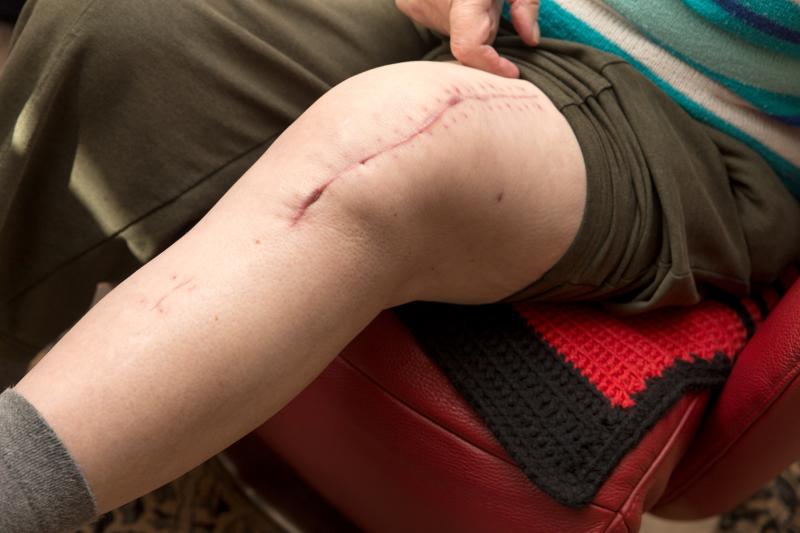
Layered wound closure techniques have a slight advantage over single-layer techniques in terms of scar outcomes, according to a recent trial.
Researchers enrolled 49 patients (mean age, 65.5±10.4 years; 73.5 percent male) who underwent cutaneous wound closure through single-layer deep-dermal suturing and the conventional bilayered closure technique. The primary study outcome was the mean score in the Patient and Observer Scale Assessment Scale (POSAS) at 3 and 12 months.
After 3 months, the mean blind observer POSAS score was slightly but significantly higher in the dermal suture side of the wound than in the side treated with the layered closure technique (13.96 vs 11.80; p=0.02). Higher POSAS scores indicated worse scar quality.
Significant differences between the scar sides were observed in the POSAS subcategories of vascularity (p=0.02), thickness (p=0.01) and pliability (p=0.01), all favouring layered closure.
Mean patient POSAS feedback were similar, such that 3-months cores were significantly greater for the dermal suture-only side (16.53 vs 13.31; p=0.02). This was driven by the comparative advantage of the layered closure technique in the subcategories of colour (p=0.01), thickness (p=0.01) and irregularity (p=0.03).
However, in both the blind-observer and patient POSAS assessments, layered suturing could not maintain its superiority such that any statistical significance over its single-layer comparator was attenuated by the 12-month follow-up. The only exception was patient-noted scar colour, which remained better in the layered suture side (p=0.015).